
According to the forecast of the General Statistics Office, by 2036, the population aged 65 and over will account for about 14.17% of the total population; at the same time, the proportion of the population aged 60 and over will increase to 16.53% (in 2029); 20.67% (in 2039)... and by 2069 this proportion will account for 27.11%. Vietnam will become a super-aged society.
Vietnam is entering a period of rapid population aging, while there is no time to prepare for adaptation. Reality requires that Vietnam quickly develop appropriate social security policies to cope with the rapid population aging, in the current conditions of a middle-income country.
Social "consequences" of an aging population
It can be seen that the rapid population aging will impact many areas of social life, such as: social security system, health care services, employment, retirement age, family relationships, lifestyle... In our country, the above challenges have been posed since 2014 when Vietnam officially entered the rapid population aging stage in the context of still being a country with a low-middle income level.
According to Dr. Bui Sy Loi, former Vice Chairman of the National Assembly's Social Committee, the rapid rate of population aging will have a strong impact on the labor market, the rate of working-age workers participating in the labor market will tend to decrease; the rate of dependent population will rapidly increase. The balance of supply and demand in the labor market will be broken if there is no adjustment to allow the elderly to participate more in the labor market.
In the context of rapid population aging when the economy is still facing many difficulties, the elderly need to be considered as a resource for development and promoting elderly human resources is a fundamental solution to ensure human resources for the country's long-term economic growth and development; as well as to ensure income security for the elderly and reduce the financial burden or social costs of supporting the elderly population.
The rapid aging of the population also increases the cost of healthcare and care for the elderly. The elderly have many underlying diseases and many types of chronic diseases. Therefore, the cost of treatment for the elderly is very high, often 8-10 times higher than that of young people, requiring large national and family healthcare expenditures for the elderly. This is a challenge for the healthcare system and Vietnamese families in the coming time, if the health quality of the elderly is not improved soon.
The report of the National Committee on the Elderly shows that in 2021, the whole country had about 6.57 million people enjoying social policies, including: pension, social insurance benefits and social pension benefits, accounting for 45.78% of the total number of elderly people, which means that more than 50% of the elderly are not currently enjoying social policies, they have to live on savings, rely on children, relatives, or continue to work to earn a living with low income...
Perfecting the social security system
According to the United Nations Population Fund (UNFPA) Representative in Vietnam, Matt Jackson, the approach to social security policy should follow the "life cycle" through the "4P" function of the social protection system, including: Promotion-Prevention-Provision-Protection, to systematically and comprehensively meet the specific needs of an individual at each stage of life.
Accordingly, it is necessary to promote people to participate in labor and earn a living; encourage people of working age and the elderly to stay in the labor market as much and as long as possible. Promote retraining and lifelong learning programs for the elderly to adapt to new job requirements. Increase the retirement age and equality between men and women, ensure the implementation of legal regulations on preventing discrimination against older workers...
In particular, build a “prevention” system through the pension and social insurance systems; in which, reform and strengthen the official social insurance system.
Gradually expand the coverage of social insurance schemes by increasing the official retirement age and narrowing the retirement age gap between men and women; reduce financial incentives for early retirement and lump-sum withdrawal of social insurance by applying a reasonable reduction according to statistical models; equalize the welfare of public and private sector workers to expand the coverage of the social insurance system.
Create a mechanism for informal workers to participate and interact with the system conveniently, promote the expansion of pension coverage for the elderly, both contributory and non-contributory mechanisms through a multi-layered social protection system, towards a universal social pension program for all elderly people, ensuring that no one is left behind...
Continue to expand the coverage and level of regular social assistance policies for social assistance beneficiaries, including the elderly, to achieve a minimum standard of living, especially for more vulnerable groups such as the elderly, ethnic minorities, the poor and people living in rural areas...
Dr. Bui Sy Loi also said that it is necessary to soon complete and develop an integrated, multi-layered and modern social security system, proactively adapting to the rapid aging of the population. Accordingly, it is necessary to complete social security institutions and policies in a proactive, integrated manner, with coordination and linkage between social insurance, social protection and employment components; aiming for universal coverage "leaving no one behind" and better prepared in case of economic and other shocks.
Developing a flexible, multi-layered, modern social insurance system, aiming to cover the entire workforce, contributing to ensuring income security for the elderly in the future.
Strengthening health care for the elderly according to the "Elderly Health Care Program until 2030", perfecting policies and laws related to elderly health care; consolidating and developing the system of providing primary health care services, preventing and controlling non-communicable diseases, examining and treating the elderly; gradually building a long-term health care model for the elderly...
In 2021, the country had about 4.65 million elderly people participating in economic activities, accounting for 32.4% of the total number of elderly people nationwide. However, the quality of employment and income of the elderly are low... The majority of elderly people do simple jobs in the informal sector, with an average salary of less than 5 million VND/month (accounting for about 72% of the total number of elderly people), much lower than the average salary of wage workers of working age (6.48 million VND) in 2021.
Source


![[Photo] General Secretary concludes visit to Azerbaijan, departs for visit to Russian Federation](https://vphoto.vietnam.vn/thumb/1200x675/vietnam/resource/IMAGE/2025/5/8/7a135ad280314b66917ad278ce0e26fa)
![[Photo] President Luong Cuong presents the decision to appoint Deputy Head of the Office of the President](https://vphoto.vietnam.vn/thumb/1200x675/vietnam/resource/IMAGE/2025/5/8/501f8ee192f3476ab9f7579c57b423ad)
![[Photo] National Assembly Chairman Tran Thanh Man chairs the meeting of the Subcommittee on Documents of the First National Assembly Party Congress](https://vphoto.vietnam.vn/thumb/1200x675/vietnam/resource/IMAGE/2025/5/8/72b19a73d94a4affab411fd8c87f4f8d)
![[Photo] Prime Minister Pham Minh Chinh meets with the Policy Advisory Council on Private Economic Development](https://vphoto.vietnam.vn/thumb/1200x675/vietnam/resource/IMAGE/2025/5/8/387da60b85cc489ab2aed8442fc3b14a)
![[Photo] General Secretary To Lam begins official visit to Russia and attends the 80th Anniversary of Victory over Fascism](https://vphoto.vietnam.vn/thumb/1200x675/vietnam/resource/IMAGE/2025/5/8/5d2566d7f67d4a1e9b88bc677831ec9d)

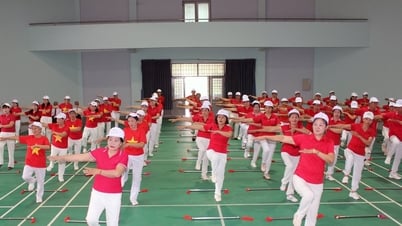



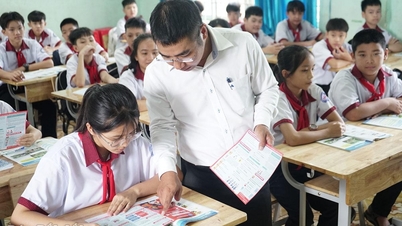






![[Infographic] Instructions on steps to contribute ideas to amend the 2013 Constitution on VNeID](https://vphoto.vietnam.vn/thumb/402x226/vietnam/resource/IMAGE/2025/5/8/c61c8c11815c4691848ae93a3e567ef7)

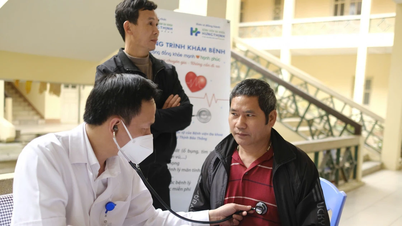
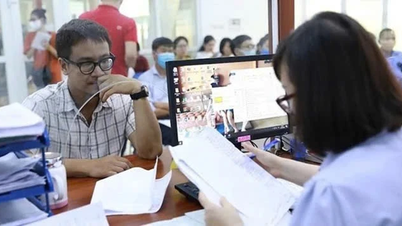
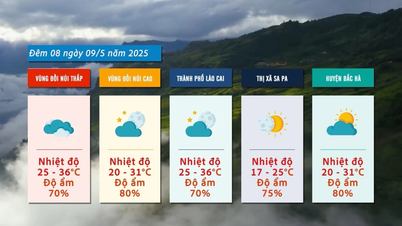




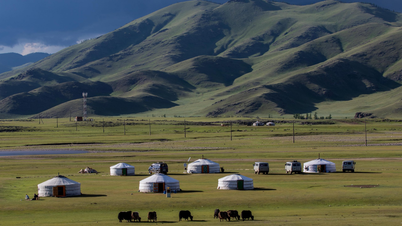

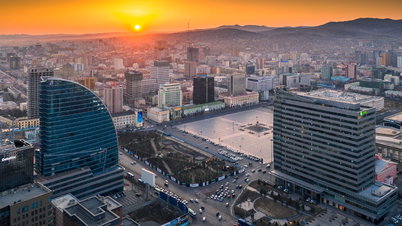



































![[Photo] Prime Minister Pham Minh Chinh talks on the phone with Singaporean Prime Minister Lawrence Wong](https://vphoto.vietnam.vn/thumb/402x226/vietnam/resource/IMAGE/2025/5/8/e2eab082d9bc4fc4a360b28fa0ab94de)
















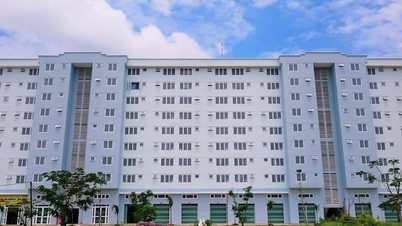












Comment (0)